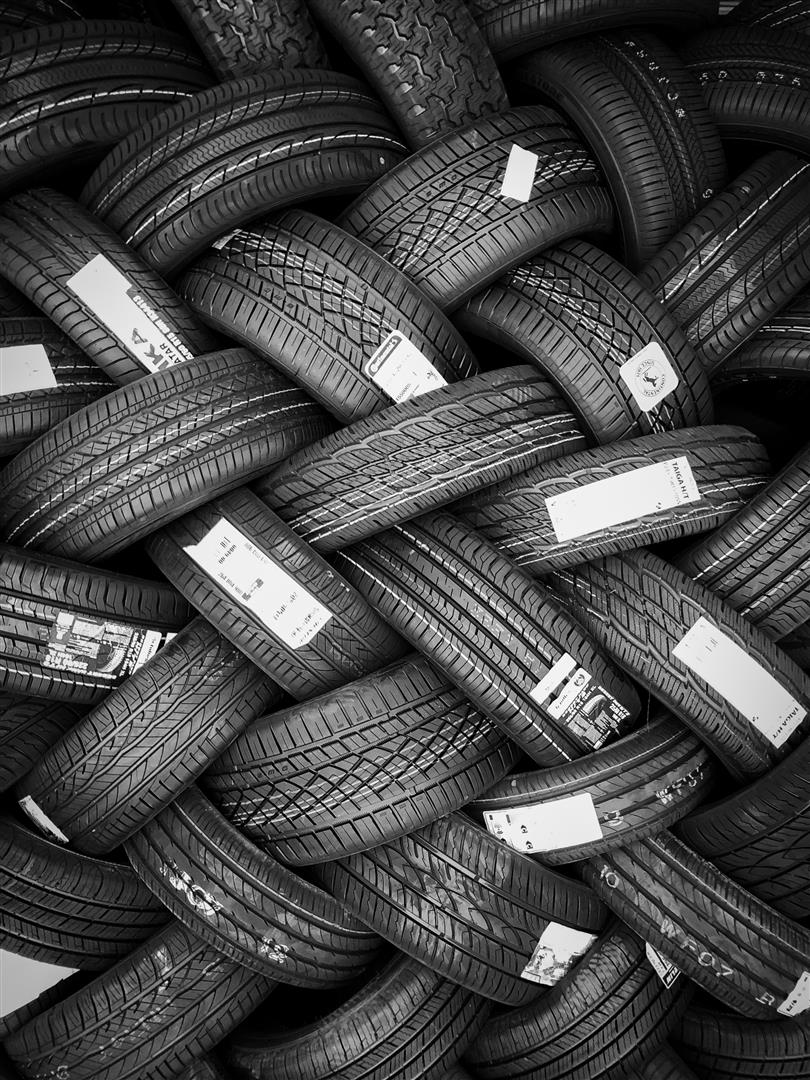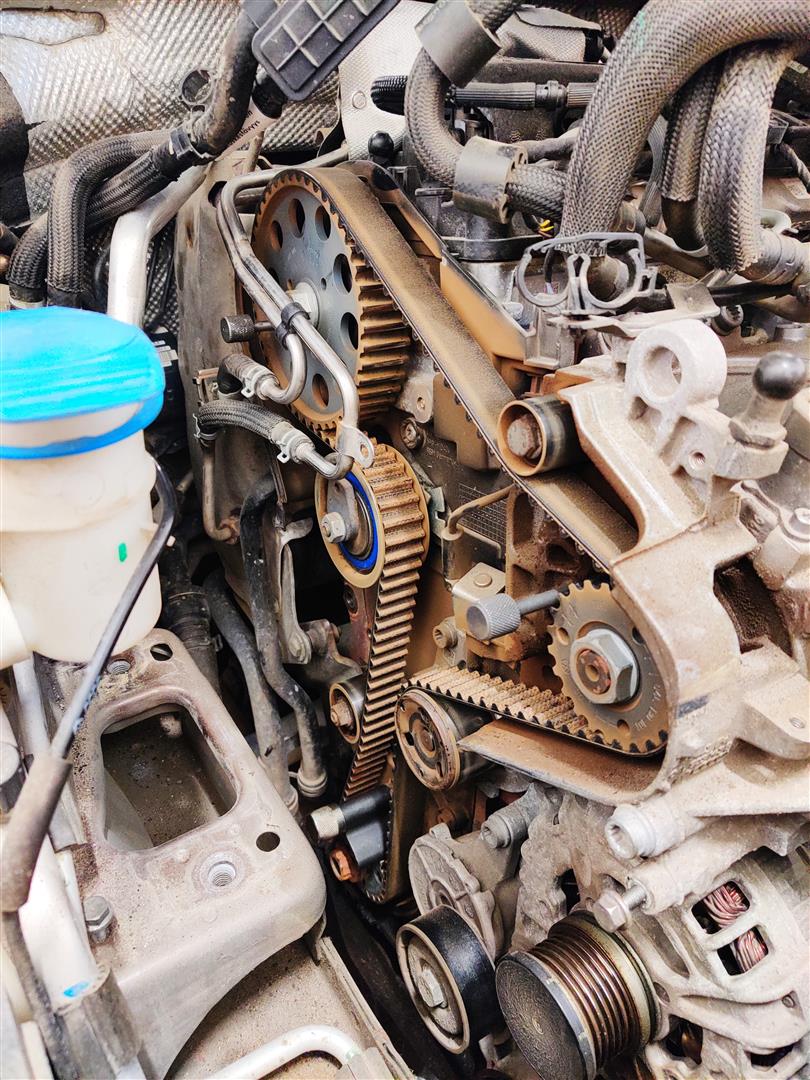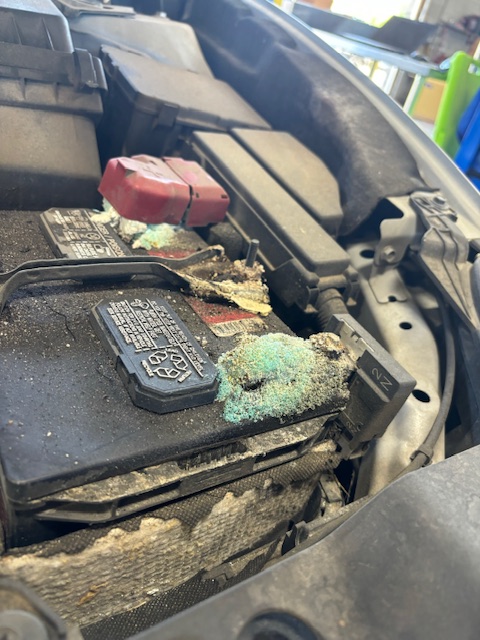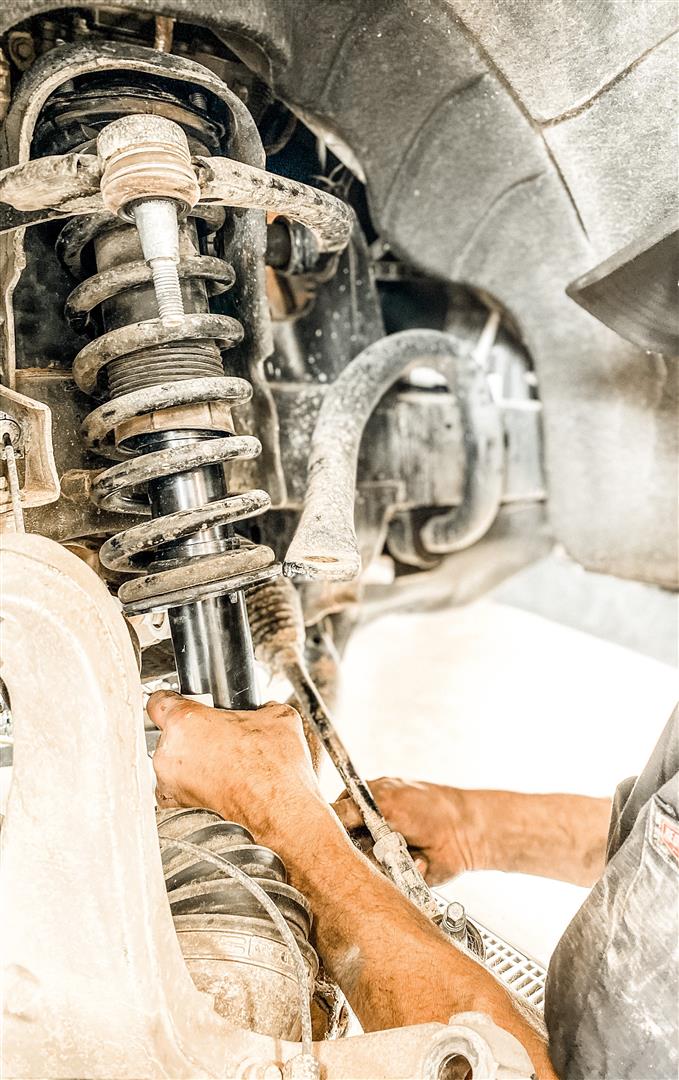Posted on 12/31/2024

Choosing the right auto repair shop is a critical decision for every vehicle owner. Whether it’s a routine oil change or a major repair, drivers want to ensure their car is in trusted hands. So, what makes an auto repair shop stand out? Here are the top features customers commonly look for when selecting an auto repair service: 1. Trustworthiness When it comes to auto repair, trust is everything. Customers value shops that provide honest diagnostics and transparent pricing. They want to feel confident that they’re not being sold unnecessary repairs or overcharged for services. Building a reputation for integrity and straightforward communication is key to earning customer loyalty. Here at Dickerson Automotive, we’ve spent 25 years building and maintaining the trust of our valued customers.2. Qualified Technicians The expertise and certifications of the mechanics can make or break an auto repair shop’s reput ... read more
Posted on 12/26/2024

Tires are the unsung heroes of your vehicle. They provide traction, ensure smooth handling, and play a critical role in your overall safety. However, like all components, they wear out over time and need replacement. Knowing when to replace your tires is essential for keeping your car safe and performing at its best. Key Signs You Need New TiresTread Depth: The tread on your tires provides the grip necessary for safe driving. Over time, this tread wears down. Use the "penny test" to check your tread depth: Insert a penny into the tread with Lincoln’s head facing downward. If you can see all of Lincoln’s head, it’s time for new tires. Ideally, replace them when tread depth falls below 2/32 of an inch. Cracks and Bulges: Tires exposed to extreme weather or simply aging can develop cracks in the sidewall or bulges. These are signs that the tire structure is compromised, which can lead to blowouts. ... read more
Posted on 12/4/2024

When it comes to vehicle maintenance, replacing the timing belt is one of the most critical services to keep your engine running smoothly. This essential component coordinates the rotation of the crankshaft and camshaft, ensuring your engine’s valves open and close at the right time. Neglecting to replace a worn timing belt can result in catastrophic engine damage, costing thousands in repairs. Why Timing Belt Replacement Is Crucial Timing belts are made of reinforced rubber, but over time, they wear down due to heat, tension, and mileage. A snapped timing belt can lead to severe damage, especially in interference engines, where the pistons and valves occupy the same space. If the belt breaks, these parts collide, often resulting in bent valves, damaged pistons, and a ruined engine. Replacing your timing belt at the manufacturer-recommended interval (typically every 60,000 to 100,000 miles) can save you from costly repairs and keep your car running reliably ... read more
Posted on 11/20/2024

Why Your Vehicle Might Hesitate to Start in the Winter As temperatures drop, many drivers notice their vehicles struggle or hesitate to start, leaving them wondering, "What’s going on under the hood?" One of the main culprits during the winter months is your car's battery. Here’s why cold weather and battery performance don’t always go hand in hand—and what you can do about it. How Cold Weather Affects Your Battery Car batteries rely on chemical reactions to produce power, and cold weather slows these reactions down. This means your battery generates less energy to start the engine when you need it most. Additionally: Thickened Electrolyte: Low temperatures cause the electrolyte solution inside the battery to thicken, reducing ion movement and lowering the battery’s overall capacity. Increased Power Demand: Cold engines and thicker oil make starting your vehicle more demanding, requiring ... read more
Posted on 8/21/2024

When it comes to the smooth operation and safety of your vehicle, few components are as vital as the struts. Often overshadowed by more recognizable parts, struts play a fundamental role in ensuring a comfortable ride, stable handling, and overall vehicle integrity. Let's dive into why struts are indispensable for your vehicle's performance and your driving experience. 1. Support and Stability: Struts are an integral part of your vehicle's suspension system, providing support and stability to the chassis and body. Unlike traditional shock absorbers, which only dampen vibrations, struts serve a dual purpose by also supporting the weight of the vehicle. This structural support is crucial for maintaining proper wheel alignment, minimizing body roll, and ensuring consistent tire contact with the road surface. 2. Enhanced Ride Comfort: A smooth and comfortable ride is something every driver desires, and struts play a significant role in achiev ... read more